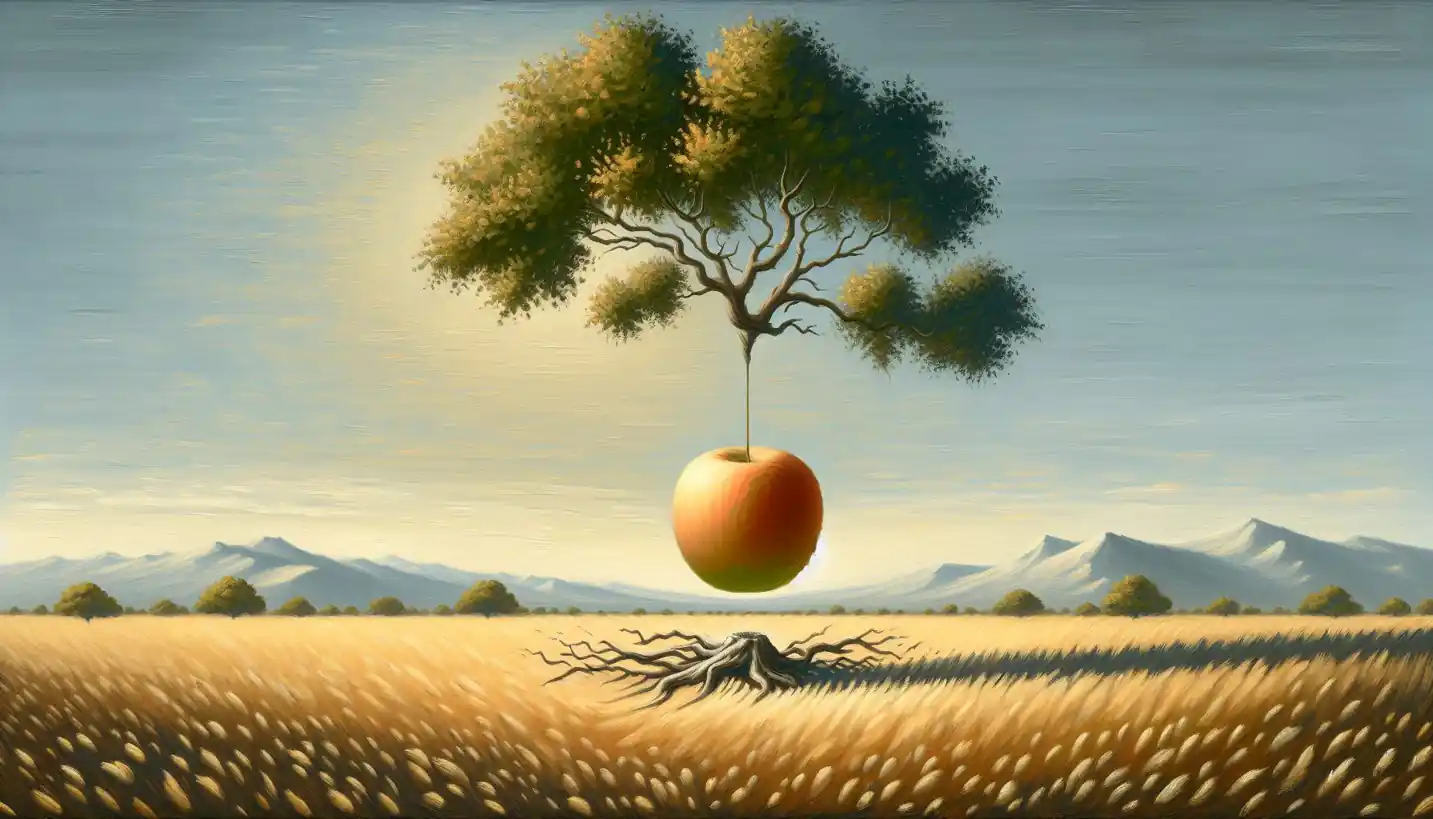· Physics · 4 min read
Diffraction Grating: Unraveling the Hidden Colors of Light
Diffraction gratings separate light into vibrant spectra. Explore how these tools reveal hidden colors and intricate light details.

Once you start diving into the world of optics, you’ll stumble upon something fascinating called a diffraction grating. Let’s think of light as a grand orchestra, with different colors being the instruments that make up a beautiful symphony. But how do we see these individual “instruments” when they’re playing all at once? A diffraction grating acts like a magical filter, helping us separate each color, allowing us to experience the symphony in a whole new way.
What is a Diffraction Grating?
Imagine shining a flashlight through a picket fence. The light gets broken up into pieces, creating patterns on the other side. A diffraction grating works similarly, but it’s much more finely tuned. It’s a surface with many tiny, closely spaced lines or grooves, like a high-tech version of that picket fence.
These grooves interact with incoming light waves, bending and splitting them like a choreographed dance. This is due to a phenomenon called diffraction, which is what happens when light waves encounter an obstacle or opening that disrupts their path.
How Diffraction Gratings Work
Picture a drumming circle where each drummer starts playing at a slightly different time. The result is a rich and complex rhythm. In a similar way, as light waves hit the grooves of a diffraction grating, they interfere with each other. This interference creates a series of bright and dark areas, which we see as different colors.
Light is made up of several wavelengths, each corresponding to a different color. When light waves are split and bent by the grating, they travel at different angles, allowing us to see these colors separately.
Everyday Examples of Diffraction
Diffraction gratings are all around us, even if we don’t realize it. For example, when you look at a CD or DVD, you see a rainbow of colors reflected. This is because the surface of the disc acts like a diffraction grating, with each tiny groove splitting the light into its component colors.
In fact, nature has its own versions of diffraction gratings. The iridescence you see in a peacock’s feathers or a soap bubble comes from the same principle. Tiny structures on the surface scatter the light, creating those vibrant colors.
The Role in Science and Technology
Diffraction gratings have a big role in scientific research and technology. They’re used in spectroscopes, which are tools that help scientists analyze light. By looking at the pattern of colors produced by a diffraction grating, researchers can determine the composition of stars and distant galaxies. It’s like being able to read the ingredients of a cosmic recipe from light years away.
Another important application is in telecommunications. Fiber optics use light to transmit data, and diffraction gratings help manage the light signals, increasing efficiency and speed.
Diffraction Gratings vs. Prisms
You might wonder how diffraction gratings differ from prisms, since both split light into colors. A prism bends light by refraction—the change in direction that happens when light passes through a different medium, like from air into glass. A diffraction grating, on the other hand, relies on interference. This means gratings can separate light with great precision, making them more useful for detailed spectral analysis.
The Science Behind the Spectacle
The mathematics governing diffraction gratings dives into the principles of wave interference. It all starts with a basic equation, known as the diffraction equation, which relates the angle at which light is diffracted to the wavelength of light and the spacing between the grooves.
The beauty of this equation lies in its ability to predict which angles will produce maximum brightness for certain colors. Scientists use this relationship to design gratings that meet specific needs, whether they’re analyzing stellar light or refining data signals.
Future Innovations with Diffraction Gratings
The potential uses for diffraction gratings continue to grow as technology advances. In the medical field, researchers are exploring how gratings can improve imaging techniques, leading to better diagnostic tools. Meanwhile, in computing, they’re looking at how these devices can contribute to the development of optical computing, which uses light instead of electronic signals for faster processing.
Why It Matters
Understanding diffraction gratings gives us insight into the fundamental nature of light. It helps us unlock secrets of the universe, improve our communication technologies, and even inspire artistic expression with the vibrant colors they reveal. As we continue to explore the possibilities, the ripple effects of this knowledge touch a wide range of fields.
Isn’t it fascinating how something as simple as a series of tiny grooves can unveil the hidden intricacies of the world around us? Whether it’s the rainbow on a CD or the analysis of a distant star, diffraction gratings open the door to the wonders of light and color. What could be more intriguing than peeling back the layers of light itself, revealing the symphony within?



